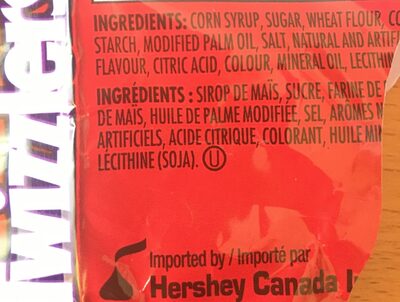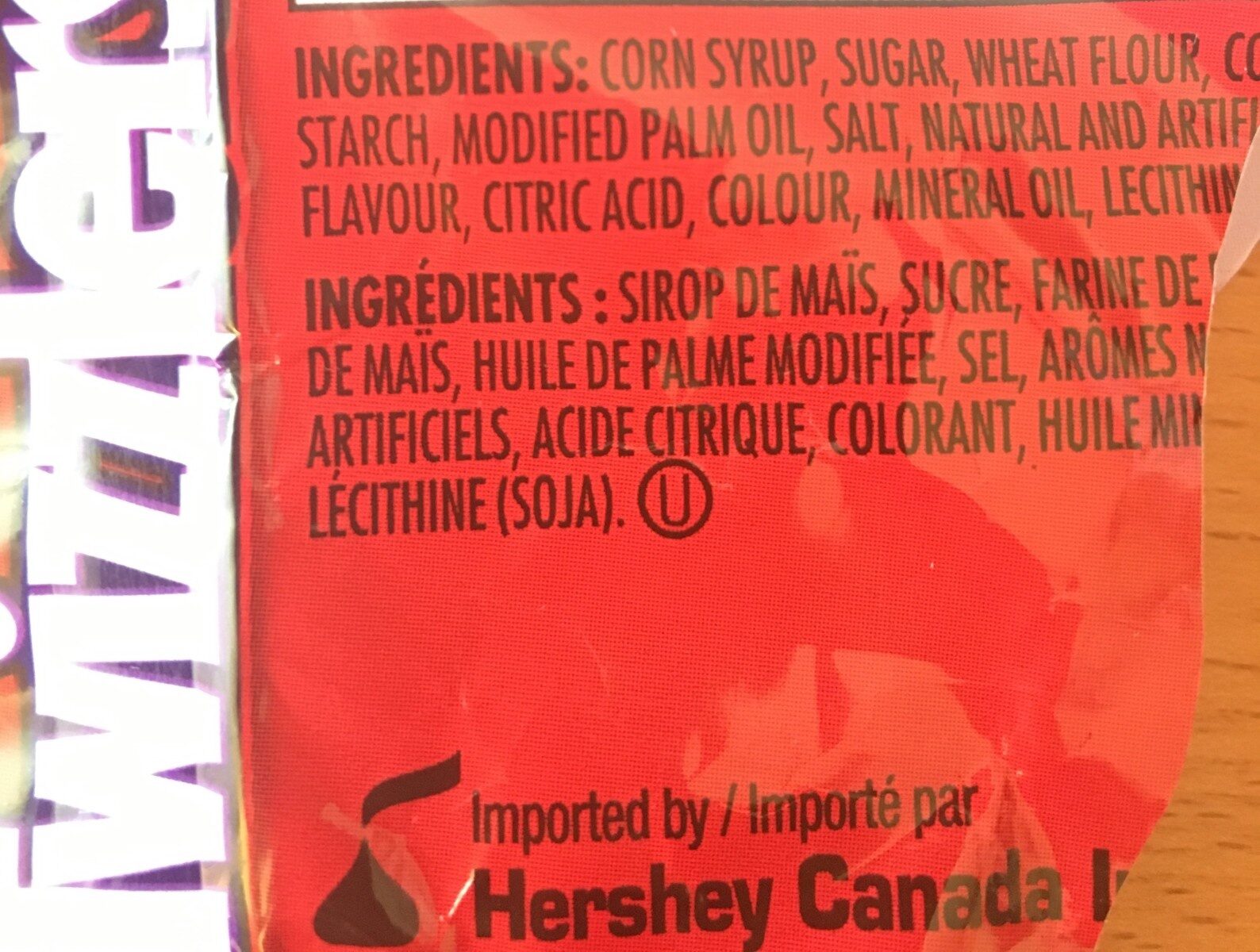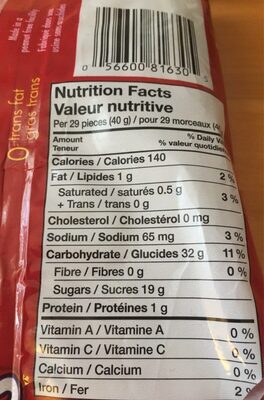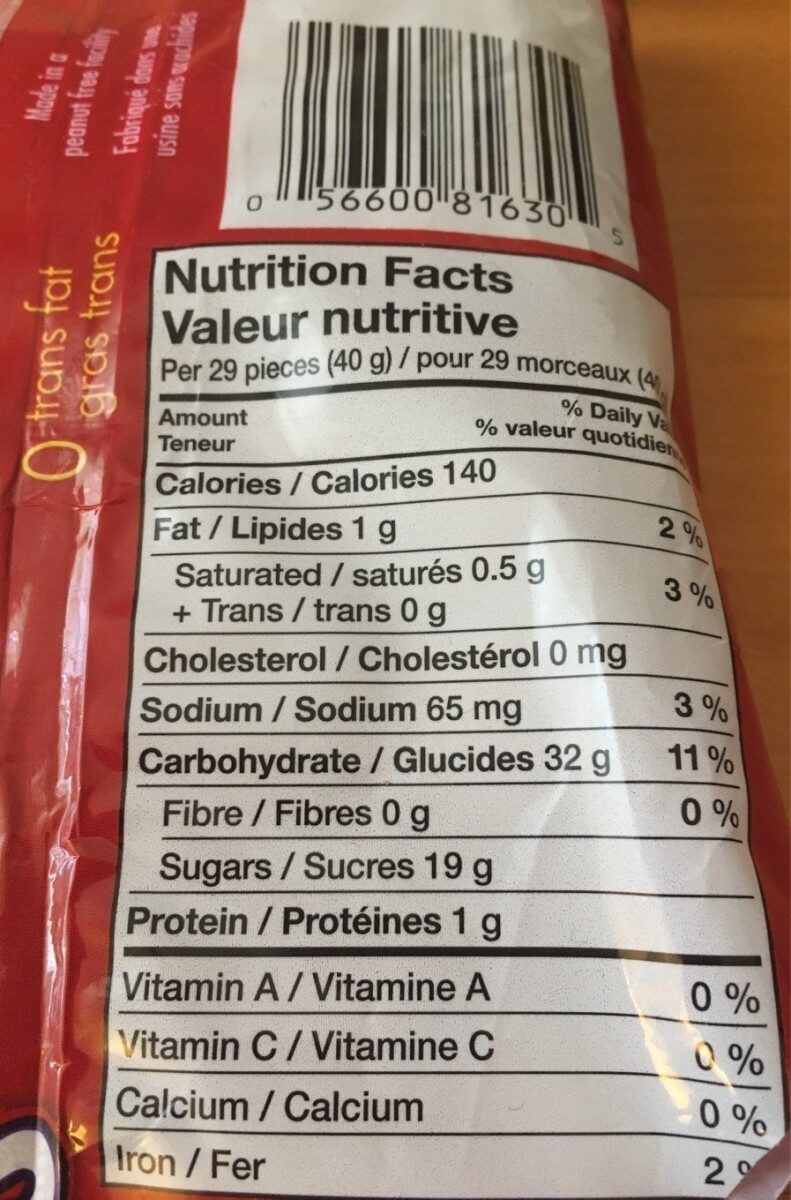Nibs cherry -
La page de ce produit n'est pas complète. Vous pouvez aider à la compléter en l'éditant et en ajoutant plus de données à partir des photos que nous avons, ou en prenant plus de photos à l'aide de l'application pour Android ou iPhone / iPad. Merci!
×
Code-barres: 0056600816305 (EAN / EAN-13) 056600816305 (UPC / UPC-A)
Labels, certifications, récompenses : en:Verified
Pays de vente : Canada
Correspondance avec vos préférences
Environnement
Emballage
Transport
Espèces menacées
Signaler un problème
Sources de données
Produit ajouté le par kiliweb
Dernière modification de la page produit le par .
Fiche produit également modifiée par inf, openfoodfacts-contributors, yuka.U3FrU05hTmZpdmNvaC9BZDd4ZjNvK3NyNjZXVlREeWRMZHNlSWc9PQ, yuka.sY2b0xO6T85zoF3NwEKvlh1basDOnG_0Zx_QkhyF1N6fdr3lZ4sjvoiiLas.
Si les informations sont incomplètes ou incorrectes, vous pouvez les complèter ou les corriger en modifiant cette fiche.








